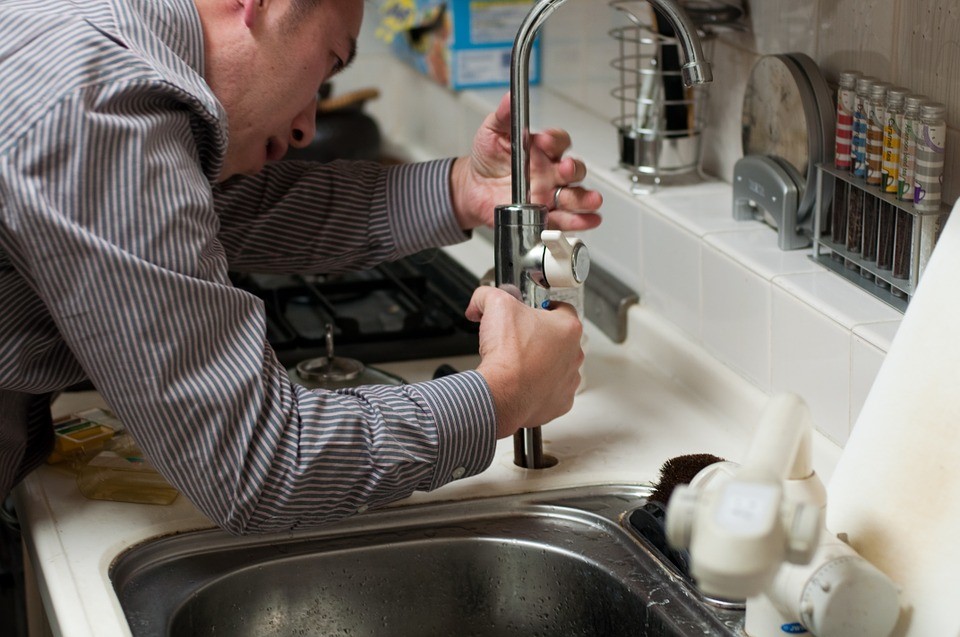
If you don’t have thousands saved to replace your roof, there’s a good chance you should start paying attention to potential home repairs and how much they cost. According to the Simple Dollar, something as seemingly simple as pulling off old shingles and replacing them with new can easily exceed that amount. And that’s only one project. Keep reading for insight on how to get yourself in a financial position to handle common home repairs. And keep in mind that it’s not a question of if these issues will arise, but when.
When to plan home repairs
You can’t always plan ahead for these things, but you can incorporate some important work into planned projects. If you have a home renovation scheduled, for example, you have an opportunity to make your home safer and bring it up to current code requirements. While it will add to your overall renovation costs, having things like the plumbing and electrical updated while the walls are already open will save you in the long-run. As an added benefit, upgrades like better insulation and more efficient plumbing will lower your energy consumption, saving you even more.
If a remodel is in the works, you could find that significant repairs will outgrow affordability. In this case, buying a new home could be a better choice. Not only would you get to enjoy your new home, but you may have less maintenance to worry about.
How Much Money Do I Need?
The amount of money you should put aside each year for home upkeep, including for emergency repairs, is different depending on the age of your home, where you live, and how much work you can do yourself. Most homeowners can expect to spend just under $3,000 each year on home improvements. About half of that will go toward replacement items or to fix ones that are broken. Keep in mind that some years you may spend much less, while others you will feel as though you’re writing a check every week. Most home repair and renovation experts recommend that homeowners sock away about 1 percent of their home’s value each year to prepare for future problems.
When Saving Isn’t an Option
Sometimes, things pop up out of the blue. Even if you have been putting aside money, major projects, such as having to have the electrical system replaced or digging up your mainline plumbing, can cost $10,000 or more. Robinson’s Plumbing Service explains that plumbers can charge upward of $450 per linear foot to excavate sewer pipes. And if you think your home insurance is going to cover a sewage backup, you are probably wrong.
In these cases, it may be necessary to look to your home’s equity to help you cover these repairs. If you have enough home equity, you may qualify for a refinance loan such as a PennyMac refi that will provide cash for remodeling jobs even if your credit score isn’t flawless. This will give you the injection of cash you need and plenty of time to pay it off.
The Hidden Costs
During an emergency like the sewer backup mentioned above, you likely aren’t thinking clearly. You may be in a panic and willing to hire the first contractor that shows up with a wrench in hand. Unfortunately, doing so may wind up costing you more than you’re willing to finance. Keep in mind that, even as water is filling up your lawn (or worse), that is your responsibility to get a firm quote in writing from any contractor who would like to do the work. Failure to do so may result in even more costs down the road. Keep in mind, too, that most reputable contractors won’t ask for payment before doing the work. As inconvenient as it may be, if your contractor insists on a check before the work begins, keep looking.
DIY Repairs to Avoid
As a homeowner, you likely want to save where you can. And that’s great, especially if you know your way around the toolbox. Simple repairs aside, it’s a good idea to let professionals handle major systems, such as your HVAC or plumbing. These areas, along with the electrical system, require years of expertise and updated knowledge of local building codes to repair correctly. There’s no problem with replacing broken stair treads or a busted deck board, but anything that your family relies on for their health and safety should be left to the pros.
Home repairs are an inevitable part of homeownership. It is no secret that things wear out and need eventual replacement. To weather these occurrences, regularly put money aside for home repairs. The sooner you begin putting money aside, the sooner you can tackle a problem and keep a bad situation from getting worse. And if all else fails, it may be better to move on. You may find now is the perfect time to build the home of your dreams.
Image via Pixabay